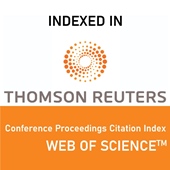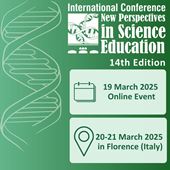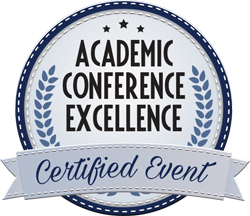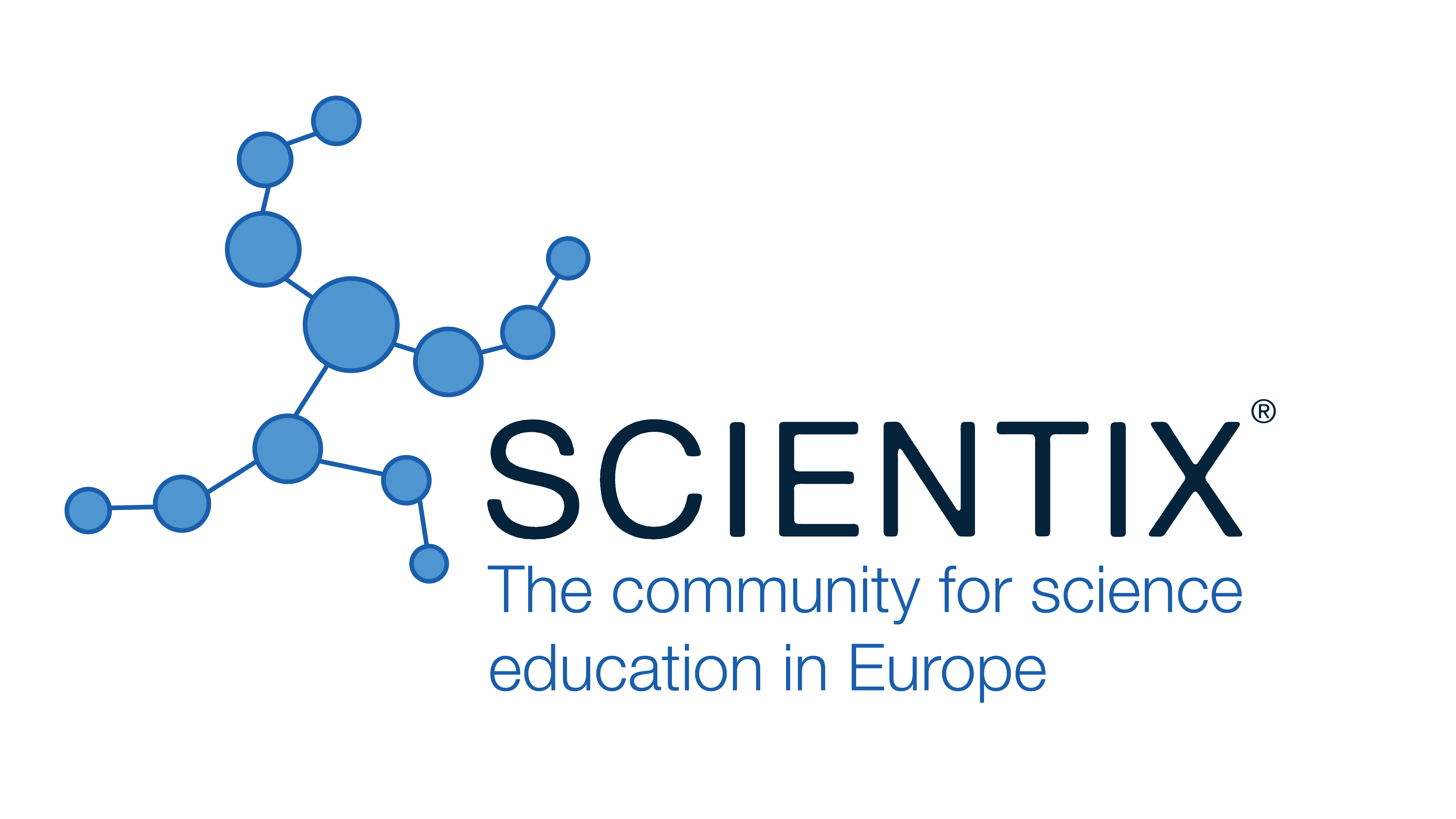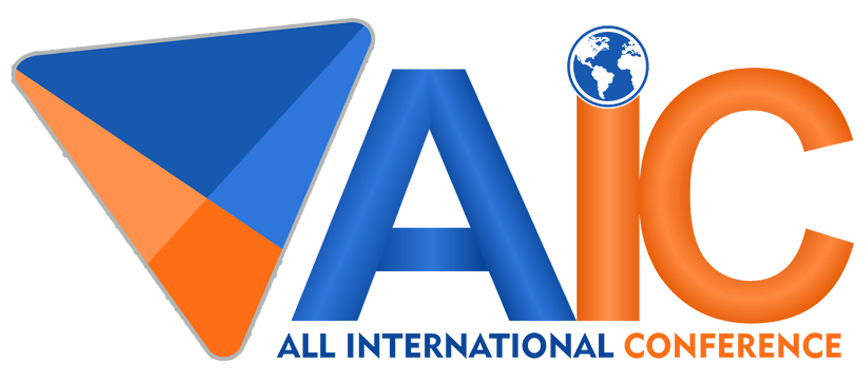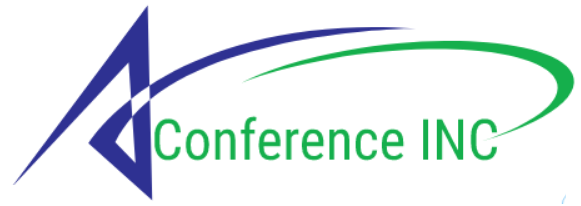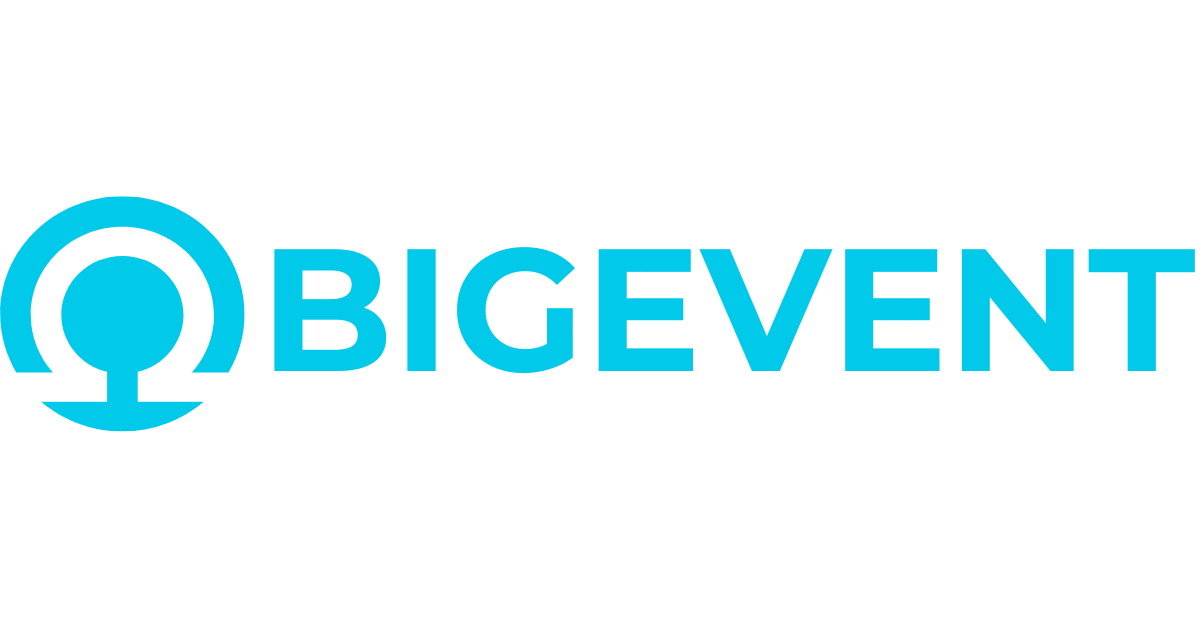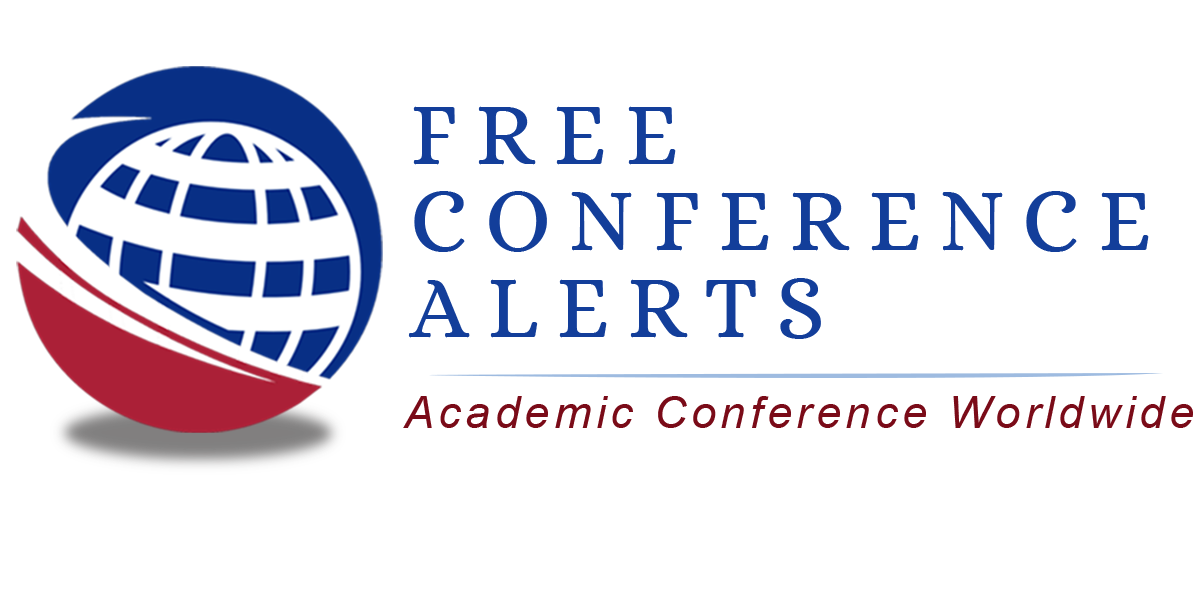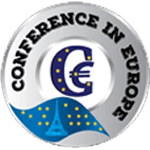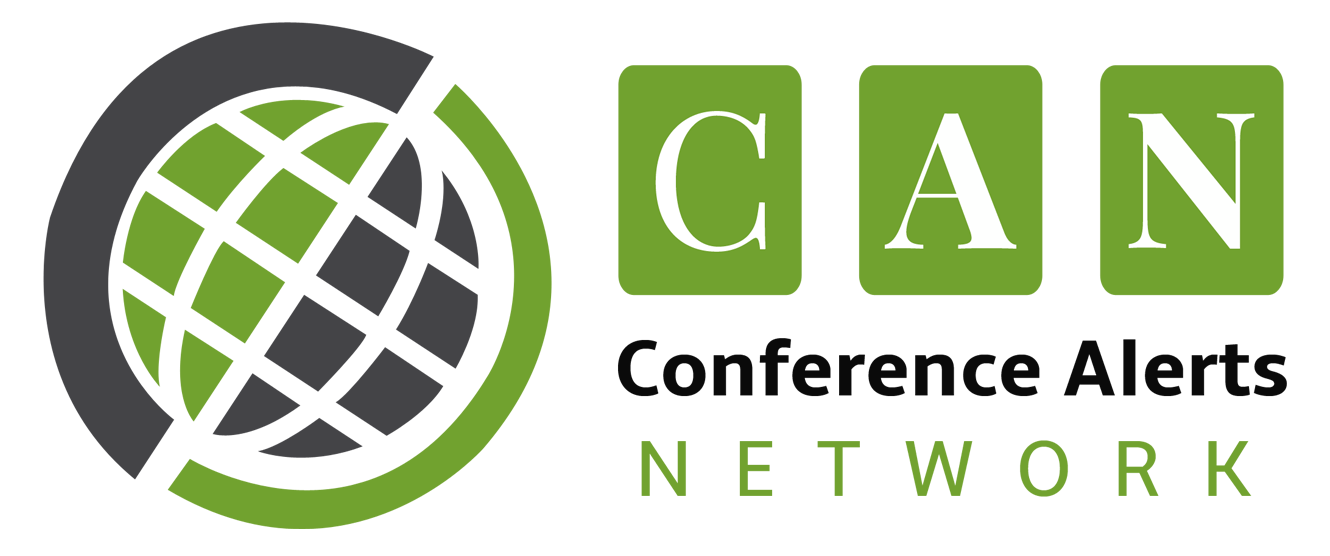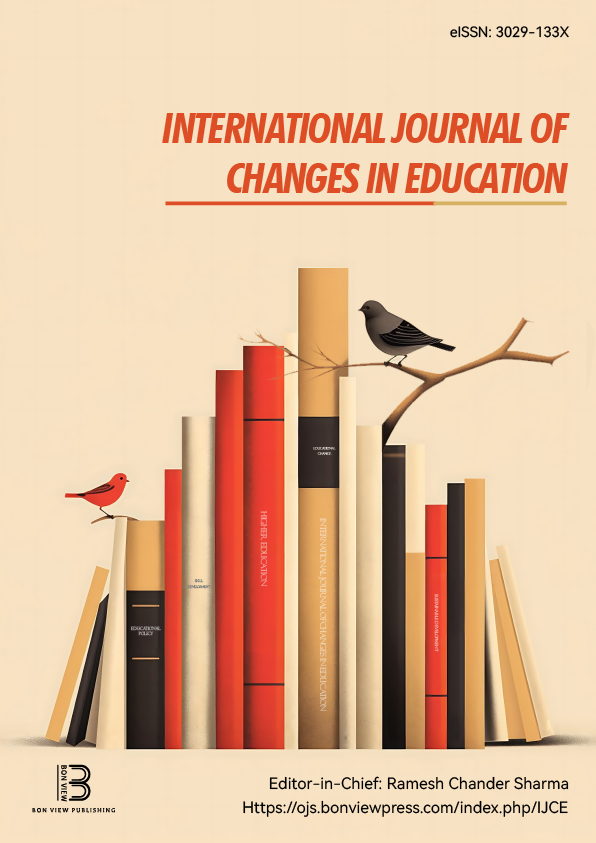Leveraging Speech Data and Text Classification for Identifying Socially Shared Regulation in Collaborative Problem
Wenting Sun, Humboldt-Universität zu Berlin (Germany)
Jiangyue Liu, Suzhou University (China)
Abstract
To investigate how individuals interdependently regulate activities in collaborative learning to achieve shared learning goals, a concept named Socially Shared Regulation (SSR) has emerged [1]. The frequency of SSR appears to be significantly positively related to students’ immediate knowledge gains when SSR functions to activate collaborative learning through new activities that further the learning process and by challenging ongoing interactions to find alternative directions [2]. With the rise of ChatGPT, researchers have shown increased interest in exploring text classification techniques in online discussions. However, research on using text classification techniques to classify SSR phases, especially in collaborative problem-solving (CPS) learning, remains limited. To deeply explore essential activities, accumulating research in engineering education has emphasized the value of learners’ conversations during CPS [3,4]. Nevertheless, the application of text classification techniques to classify SSR phases in real-world classrooms, particularly in authentic practice courses, is still understudied.
This study collected valid speech recordings from 28 undergraduates in an engineering practice course. Eighteen hours of group dialogues were manually transcribed into text and tagged with five SSR phases: orientation, planning, support strategies, monitoring, and evaluation and reflection.
As a result, 4,258 SSR phases were identified. Seven text classifiers were built, including Logistic Regression (LR), Naïve Bayes (NB), Random Forest (RF), K-Nearest Neighbors (KNN), Support Vector Machine (SVM), XGBoost, and BERT. The SVM classifier outperformed the others with an accuracy of 0.67. This study provides an example of using text classification to identify SSR phases from speech transcriptions in an authentic face-to-face engineering practice course. These insights offer educators and designers a comprehensive guide to promoting effective CPS and SSR dynamics in authentic CPS settings, thereby enhancing the overall success of CPS.
Keywords
Classroom Discourse, Learning Analytics, Machine Learning, Social Shared Regulation
REFERENCES
[1] Sharma, K., Nguyen, A., Hong, Y., “Self‐regulation and shared regulation in collaborative learning in adaptive digital learning environments: A systematic review of empirical studies”, British Journal of Educational Technology, City, Publishing House, 2024, 1398-1436.
[2] De Backer L., Van Keer H., Valcke M., “The functions of shared metacognitive regulation and their differential relation with collaborative learners’ understanding of the learning content”, Learning and Instruction, City, Publishing House, 2022, 77, 101527.
[3] Chien Y.-H., Liu C.-Y., Chan S.-C., Chang Y.-S., “Engineering design learning for high school and college first-year students in a STEM battlebot design project”, International Journal of STEM Education, City, Publishing House, 2023, 10(1).
[4] Lyu Q., Chen W., Su J., Heng K. H., “Collaborate like expert designers: An exploratory study of the role of individual preparation activity on students' collaborative learning”, The Internet and Higher Education, City, Publishing House, 2023, 59, 100920.
 The Future of Education
The Future of Education
